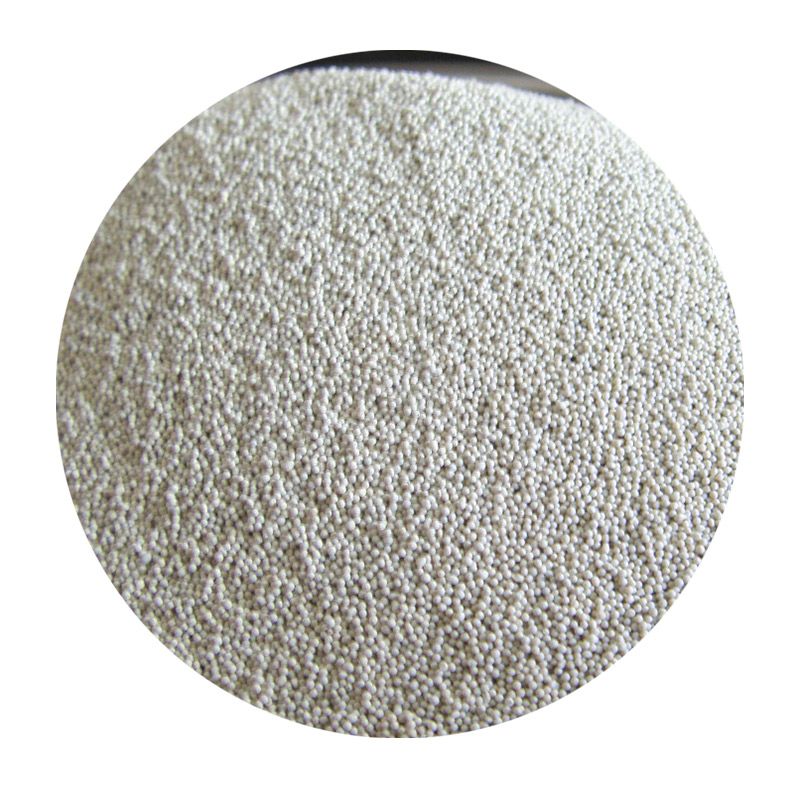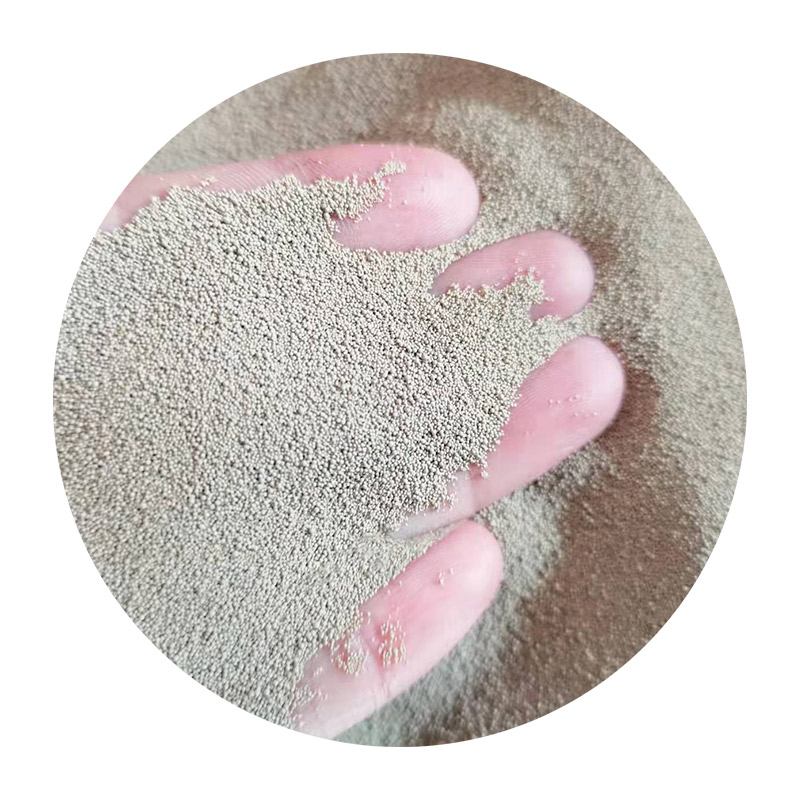

Beyond technique, the environment you work in has a significant impact on the results. A well-lit, clean workspace helps you closely monitor your progress, enabling you to spot imperfections early. Maintaining an organized space also ensures you have easy access to all your tools, reducing the risk of cross-contamination or mistakes in grit progression. Furthermore, the longevity and performance of a sanded 3D print can be enhanced by applying a suitable finish post-sanding. A primer or sealant can protect the surface from moisture and UV exposure, particularly important for prints used outdoors. From personal projects, I have discovered that a good primer not only preserves the integrity of the print but also provides an excellent base for subsequent painting, helping colors appear more vibrant and consistent. To establish oneself as an authority in 3D print finishing, sharing comprehensive guides, tutorials, and before-and-after comparisons can be invaluable. Engaging with online communities or forums allows you to exchange tips and tricks, further cementing your reputation as a skilled and knowledgeable practitioner in the field. In conclusion, sanding 3D prints is both an art and a science, requiring an understanding of materials, techniques, and safety. By applying the proper methods and learning from experience, you can significantly enhance the quality of your 3D prints, ensuring they meet both aesthetic and functional standards. Post time:ఫిబ్ర . 08, 2025 01:52
Next:where to buy foundry sand
